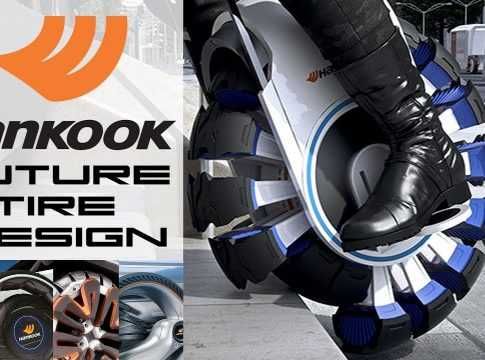At some point, every car requires new tires. Since you want to budget accordingly, it’s important to know how much does it cost to replace your tires?
In this guide, we cover the varying factors that influence the new tire price. We also give you a few tips that may help you save some money.
How Much Do New Tires Cost?A new set of four tires will usually cost you between $400 and $1500, depending on the type of tire, vehicle, quality and where you get them installed. If you choose cheap tires, you may be able to spend $50 each, but on some vehicle types, you can easily spend $1500 or more on a new set of tires.
Now that we have the quick answer to the general cost of new tires, let’s take a closer look at the factors that affect the cost.
Factors Affecting Cost to Replace Your Tires1. Tire SizeThe biggest factor affecting your expense will be the size of the tire you need. You can find tires in all sizes, meant for a multitude of purposes. If you have a compact car, you will have the cheapest tires available, maybe even $50 each.
Of course, high-performance cars, large pickup trucks, specialty off-road vehicles, and SUVs will naturally cost more. A good rule of thumb is that the larger the tire is, the more you can expect to pay for it.
2. BrandThere are just as many tire brands as there are sizes. Many tire shops specialize in one budget brand and carry a multitude of name brands.
You will spend far less to go with the no-name brand, but you need to think about the quality. After all, if you save money today by choosing this brand, does it really pay off if you have to replace the tires again prematurely? You may also get a much longer mileage warranty with quality tires, than with inexpensive tires.
If you choose a premium tire brand such as Michelin, Continental, Goodyear, Bridgestone, you will of course pay much more, but you know that you will get quality tires that last a long time and keep your vehicle on the road.
RELATED: 6 Worst Tire Brands to Avoid Buying
3. Installation CostMost tire shops do not make a lot of money on the tire installation. The job itself doesn’t take long and the price can often be included with the cost of the tires.
On average, you can expect most shops to tack on about $20-$40 per tire for the installation. However, if you visit a warehouse club, that expense could be even less.
4. Tire DisposalYou don’t get to leave your old tires with the shop without paying a price. These shops must pay to have them recycled, so that cost gets passed down to you.
On average, the tire disposal fees will be between $2 and $10 per tire to dispose of them. If you would rather save this money, you can get rid of them yourself.
5. Road Hazard/Warranty ProtectionOn top of the regular price paid for your tires, you may choose to add some extra warranty protection. With road hazard protection, you are covered if your tires get a hole or blow out.
However, you must be careful who you choose to get road hazard through. Not all companies are going to follow through on the agreement, leaving you paying for protection that doesn’t matter when something actually goes wrong.
6. Wheel AlignmentWhen your new tires are installed, you will need to get a wheel alignment. Having properly aligned tires ensures that they last as long as possible.
You might pay between $75 and $200 to have the wheels aligned, depending on how many need to be done. However, this money can be seen as an investment, ensuring that your tires continue to provide reliable transportation.
How to Save Money on Tires1. Shop AroundThe most important factor is shopping around. You can call one location and get a price on a particular set of tires and the cost is completely different somewhere else, even though they are the same tires.
When you are shopping around, keep a couple of costs in mind. You will have the cost of the tires, the cost of installation and any fees that the company charges. Ask for the “out the door” price, so you can compare it apples-to-apples.
You will have the cost of the tires, the cost of installation and any fees that the company charges. Ask for the “out the door” price, so you can compare it apples-to-apples.
RELATED: How Much Do Rims Cost?
2. Watch for SalesYou can get a great deal if you shop during a sale. Of course, it’s not always convenient to wait for the next sale, but if you have some time before the tires need to be changed, this is a great way to save.
Throughout the year, tire shops will offer various sales. You can take advantage of a Buy 3, Get 1 Free deal or enjoy a certain percentage off. Most tire sales correspond with holidays, so you can tell when one might be around the corner.
3. Take Advantage of RebatesTire shops don’t often make a whole lot on the tire, so discounts can be limited. However, the manufacturers are happy to offer rebates throughout the year.
Most of the rebates are through the mail but can be found online.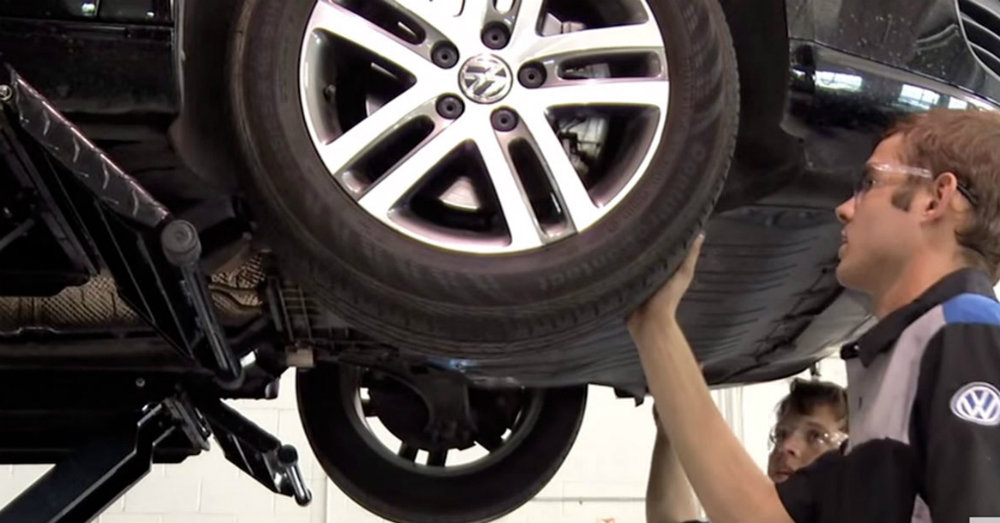 Additionally, the tire shops have the inside scoop on what’s available, so be sure to ask.
Additionally, the tire shops have the inside scoop on what’s available, so be sure to ask.
It’s not always wise to purchase used tires, but the takeoff is something entirely different. These tires were installed brand-new and only used for a couple of days before the customer decided they didn’t want them.
It could be that the client didn’t appreciate the ride or simply decided they wanted something better. Either way, the tire shop will offer the replacement tires at a discounted price, so be sure to ask what’s available, especially if you use a popular tire size.
5. Use All-Season TiresIf you live in a cold climate where a lot of snow falls, you might have two sets of tires. Most people in these regions use summer and winter tires. With two sets of tires, you have a lot more money out, especially every time you need to have them switched.
If you aren’t actually driving in the snow, it might be better to use all-season tires throughout the year.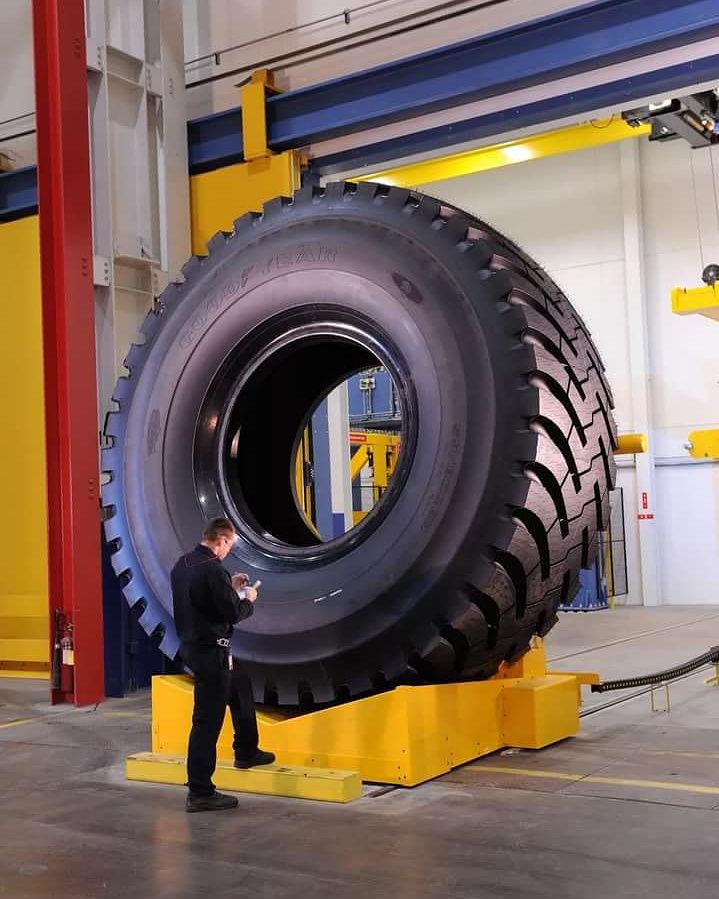 While these aren’t going to get you through deep snow, there’s no sense spending more for something you don’t need. Evaluate your options and see if you can stick to using one set all year long.
While these aren’t going to get you through deep snow, there’s no sense spending more for something you don’t need. Evaluate your options and see if you can stick to using one set all year long.
RELATED: 10 Best All-Season Tires – Review & Buyer’s Guide
The lifespan of a tire will depend on the type of tire, the type of driving you do, and the climate. Generally, tires last between 50,000 and 80,000 miles and 6 years. If you drive a lot in city traffic and brake a lot or live in a hot climate, your tires may wear out sooner. If you often drive around with low tire pressure or a bad wheel alignment, they may also wear down sooner.
If your tire tread depth is close to 2/32” or under, it’s definitely time to replace them. Most tire manufacturers recommend replacing tires every 6 years, regardless of the number of miles driven. This is because tire rubber degrades over time, even if the tires are not used. Tires that are more than 6 years old should be inspected by a professional to determine if they are safe to use.
Tires that are more than 6 years old should be inspected by a professional to determine if they are safe to use.
If your car is two-wheel-drive, it’s fine to replace two tires on the same axle instead of four, although you need to consider that your car will handle differently with two new tires than with four. If you are replacing two tires, it is best to put the new or best tires on the rear axle, as this will improve traction and stability.
On many 4WD and AWD cars, however, the diameter of the tires must match, otherwise, you can damage the transmission or the differential. Therefore, it is recommended to replace all four tires on 4WD cars, and it’s a requirement for many car brands like BMW and Audi.
You need to read the tire dimensions on your old tires and take them to the tire shop. You can also call your authorized dealer or check your owner’s manual if the wheels are stock.
Was this article helpful?
YesNo
Your browser's Javascript functionality is turned off. Please turn it on so that you can experience the full capabilities of this site.
One of the most asked questions at Les Schwab is about the price of new tires. People want to know what a set of four tires will cost them. The price of a new set of tires depends on the type of vehicle you drive, how much comfort you want, ride quality, noise level, tread durability, and traction features, which can include seasonal tires and tires for specific terrain. Here’s how to understand the cost of your next set of new tires and why the Les Schwab Best Tire Value Promise saves you money with free peace of mind tire protection and a warranty that won’t cost you extra.
Price is a big factor for any purchase. While some online retailers might have the tires you want at a price you like, you run the risk of getting the wrong type of tires for your vehicle and driving needs.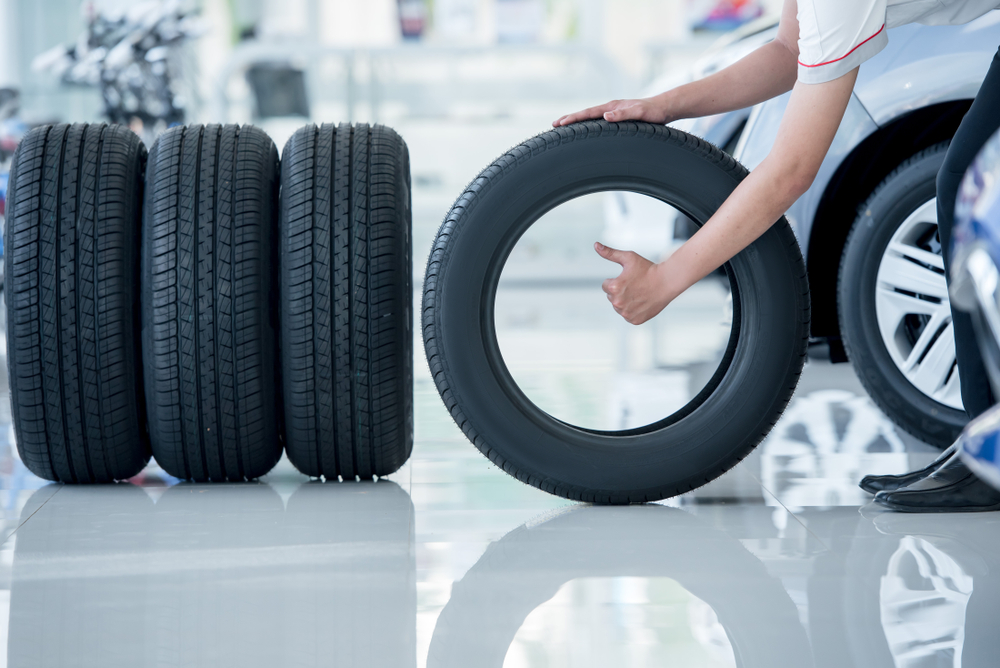 Plus, you'll need to find someone to mount them to your wheels, balance them, install them on your vehicle, and dispose of your old tires. This takes more of your time and adds to the overall cost of getting new tires. Then there are tire manufacturer warranties or other premium services to consider.
Plus, you'll need to find someone to mount them to your wheels, balance them, install them on your vehicle, and dispose of your old tires. This takes more of your time and adds to the overall cost of getting new tires. Then there are tire manufacturer warranties or other premium services to consider.
When you purchase passenger or light truck tires at Les Schwab, we mount them for free, rotate those tires for free, re-balance them for free, offer free flat repair and air-pressure checks, as well as give you a free best-in-the-industry warranty that even includes road hazard protection at no extra charge. More on that warranty in a bit.
On new tires, the price can range greatly. Tire size, which is directly tied to the vehicle you drive, affects the price. You’ll typically need a larger tire for a pickup than you would for a car. Tires are also priced based on the amount of rubber used to manufacture them as well as the manufacturing technology and features.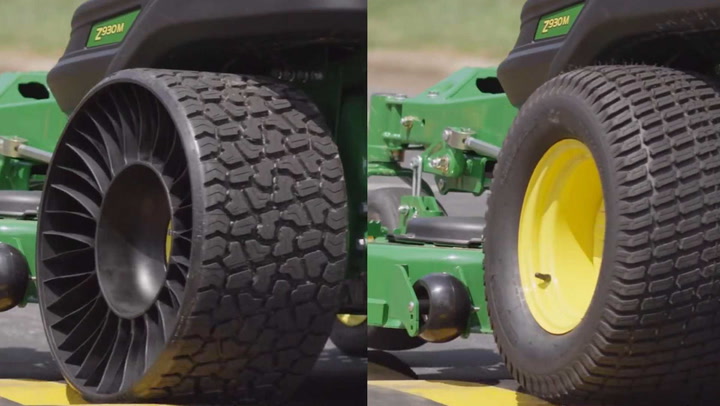 For example, an electric vehicle (EV) will require performance tires with a higher speed rating and load capacity, which can cost more than a set of standard all-season tires.
For example, an electric vehicle (EV) will require performance tires with a higher speed rating and load capacity, which can cost more than a set of standard all-season tires.
As with any purchase with varying levels of price and performance, there are trade-offs to consider. These can include comfort, control and traction, tire life, durability, fuel economy and the cost of a set of tires. You might even consider replacing just two instead of all four tires to save money. However, doing so can impact vehicle safety, performance, and longevity. See our article on replacing all four tires on an AWD vehicle.
If you’re looking for maximum fuel efficiency, we can help with our article on how to choose car tires.
Looking for snow tires? Depending on what you drive, maneuverability in the snow can add to the price of tires. That’s because today’s snow tires are highly engineered and packed with technological breakthroughs designed to keep you and your family safe on the road, whether that’s bare pavement on a well-maintained interstate or a snow-covered, winding motorway through the mountains.
Check out our guide to buying tires for help pinpointing the type and size of tire you need. These can include all-season tires, all-weather tires, winter/snow tires, mud terrain, as well as all-terrain tires, performance tires, highway tires, traction tires, and specialty tires.
Another factor to consider when evaluating the price of a new set of tires is the warranty and other after-purchase services. The tread life on a set of tires can range up to 80,000 miles and beyond. Some places might charge extra for the warranty, but at Les Schwab, that’s part of our Best Tire Value Promise.
Our freebies include a world-class warranty, free lifetime tire and mileage care, and free peace of mind tire protection, including flat repair, rotations, rebalancing, replacement, safety checks, brake inspections, and visual alignment checks at any Les Schwab location. From Colorado and Wyoming to the West Coast, you’re never far from one of our stores – or the road services we deliver.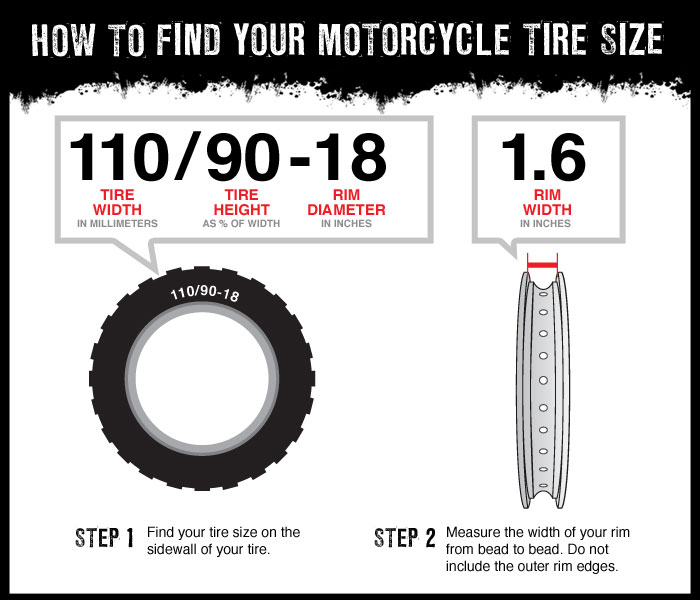 We even offer free tire disposal when you replace your old tires at Les Schwab.
We even offer free tire disposal when you replace your old tires at Les Schwab.
Many of today’s new vehicles come with run-flat tires. Most of the time, these cars don’t have a spare, making run-flat tires the important difference between being stranded on the side of the road or being able to get to a repair shop. However, they can be more expensive than standard tires.
When you’re ready to shop new tires, our pros are here to help. Stop by your local Les Schwab and we’ll take a look at your current tires, make recommendations for your next set, and show you all the options that best fit your driving needs.
Learn More About Tires
90,000 Michelin winter tires in Moscow and the regionAll spikes of spikes
Pilot Alpin 4
52
Products
X-ICE 3
6
Products
Alpin 4,000 9000 1,9000 9000 2 9000
ALPIN 5 SELFSEAL
1
CrossClimate 2
3
goods
Latitude X-reic North 2+
9000CROSSCLIMATE+
5
goods
X-rei North 2
6
goods
X-rei
6
Products
9000 Pilot Alpin 5 SUV51
Product
Agilis CrossClimate
6
Products
Agilis Alpin
9000 N010
items
Agilis X-Ice North
11
items
Latitude Alpin 2
12
SUVitems
29
goods
X-rei North 4 SUV
41
Product
X-ICE North 4
Pilot Alpin 5 9000
48
product
Pilot Alpin 5 ZP
1
product
Many car enthusiasts, in an effort to save money, are increasingly resorting to the installation of mixed tires.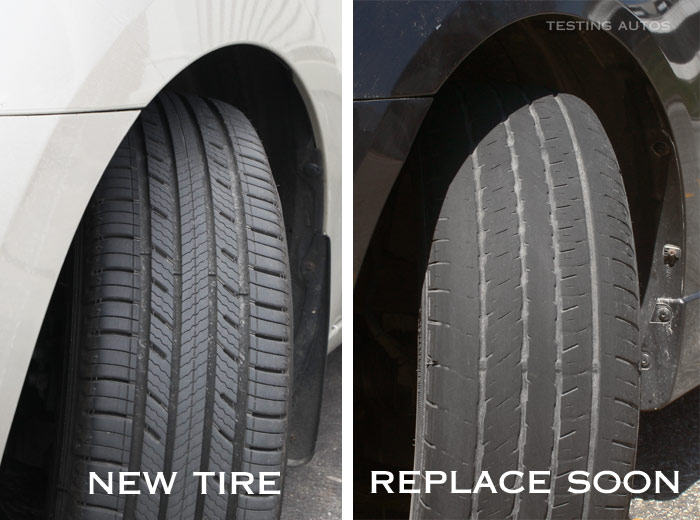 This method is especially relevant when only one tire has become unusable. But drivers do not know that they are not only breaking the rules, but also endangering themselves and pedestrians. Therefore, before deciding to install certain tires on the axle, it is necessary to find out a number of rules and restrictions in the current legislation.
This method is especially relevant when only one tire has become unusable. But drivers do not know that they are not only breaking the rules, but also endangering themselves and pedestrians. Therefore, before deciding to install certain tires on the axle, it is necessary to find out a number of rules and restrictions in the current legislation.
One of the main restrictions is that during the summer months, from June to August, you can not drive on studded and winter tires, and in winter, on the contrary, it is forbidden to drive a car without winter tires. But the tire regulations don't end there:
 Loss of control can be provoked even by tires with the same grip, but with a different pattern.
Loss of control can be provoked even by tires with the same grip, but with a different pattern. As regards the installation of tires on different axles of the car, there is only one restriction that excludes the use of studded and non-studded tires. You must choose one of the options: either all with spikes, or all without spikes. For a combination of such tires, the car owner risks getting a fine. This applies even when among all winter tires with studs there will be one summer or among summer one studded.
All other cases of installing different tires in pairs in front and rear are not against the law. But there are a few nuances here:
 Different tires on the axles are fraught with skids and other unsafe situations, since the load on the wheels will be unevenly distributed.
Different tires on the axles are fraught with skids and other unsafe situations, since the load on the wheels will be unevenly distributed. Tires with different tread patterns cannot be on the same axle, as well as tires:
You cannot put different tires on the same axle. The list of prohibitions also includes combinations of new tires:
It is prohibited by law to put different tires on the same axle.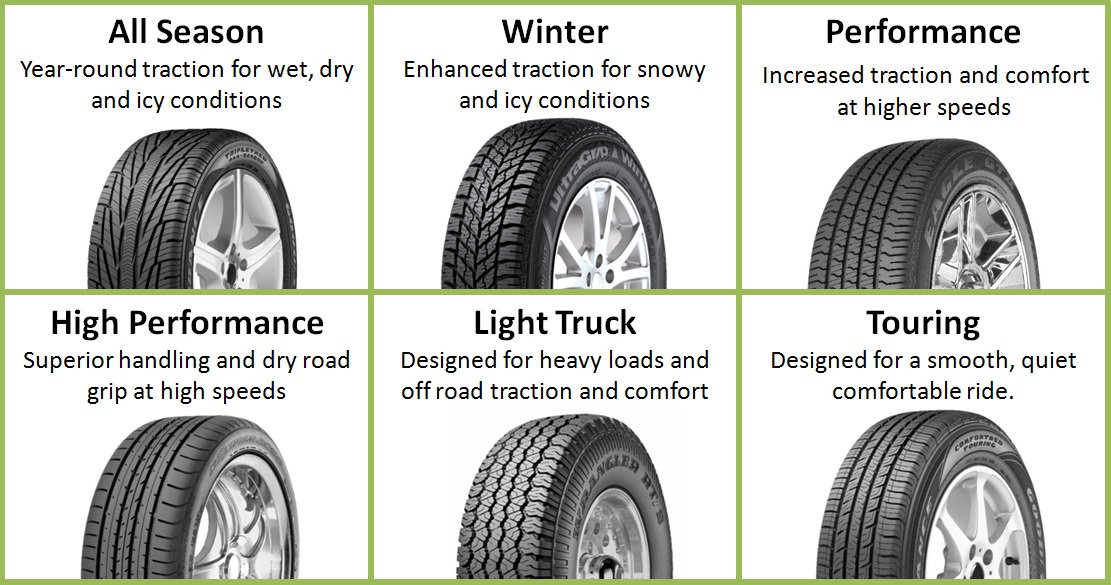 This rule also applies to winter and summer. The combination of winter tires on the left and summer tires on the right and vice versa is not allowed.
This rule also applies to winter and summer. The combination of winter tires on the left and summer tires on the right and vice versa is not allowed.
The law does not restrict the use of winter and summer tires on different axles (with the exception of non-studded winter tires in front and ordinary summer tires in the rear), but it is still not worth doing. Due to different tire grip values, the behavior of a car on the road can be completely unpredictable. It is also worth using all tires for one season because using them out of season accelerates wear, which is why tires will have to be replaced much earlier than recommended by the manufacturer. Only cases when you need to get to the service station are excluded.
The following options are also allowed for winter and summer tires:
With different tires on the same axle, even at low speeds, the car becomes less steerable.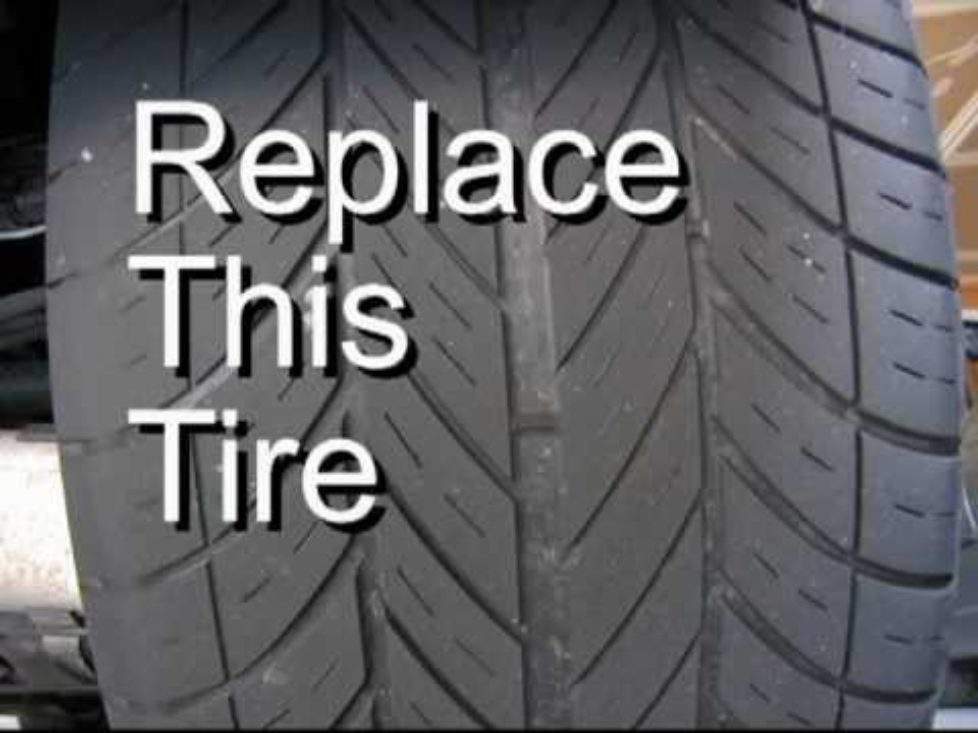 This is especially important when driving in icy or rainy conditions. The use of tires for dry roads and to avoid hydroplaning at the same time provokes uncontrolled drifts of the car. The result of such driving is unpredictable and dangerous, especially when the vehicle develops a high speed.
This is especially important when driving in icy or rainy conditions. The use of tires for dry roads and to avoid hydroplaning at the same time provokes uncontrolled drifts of the car. The result of such driving is unpredictable and dangerous, especially when the vehicle develops a high speed.
If an accident occurs, and the driver has different tires installed on the car, then with almost one hundred percent probability he will be found guilty of the accident. Well, if it doesn’t come to this, and the driver is limited only to a fine for non-compliance with the markings of the wheels.
Ideally, the car should be equipped with a set of 4 tires, completely identical and from the same manufacturer. If one of the wheels cannot be restored, then you can try to find a tire with the same tread as the others, but the best option is to take 2 identical tires and completely renew the axle on which the wheel broke. This will not only save money, but at the same time ensure good manageability, as well as eliminate problems with the law.